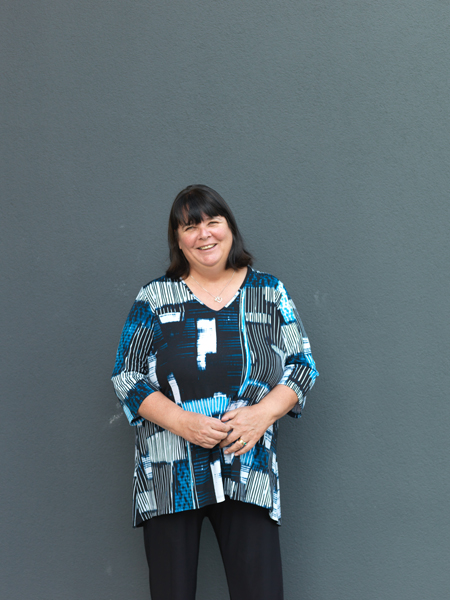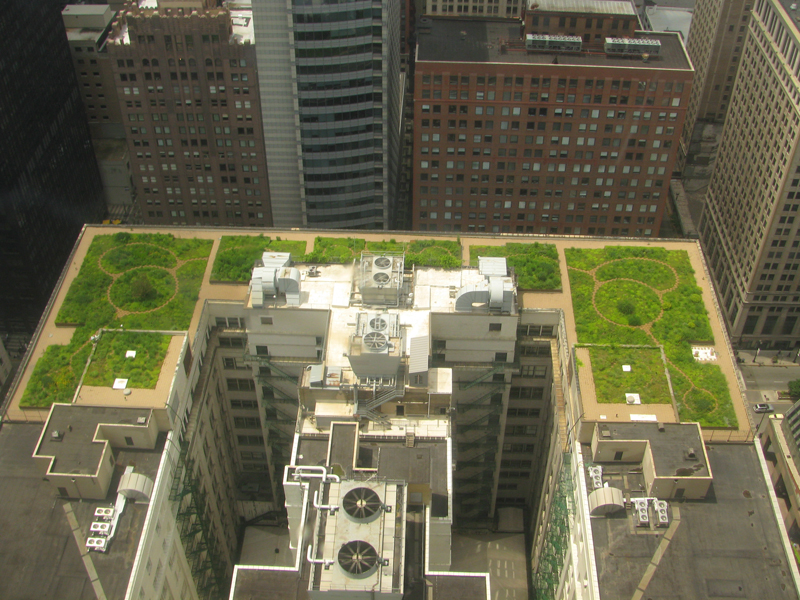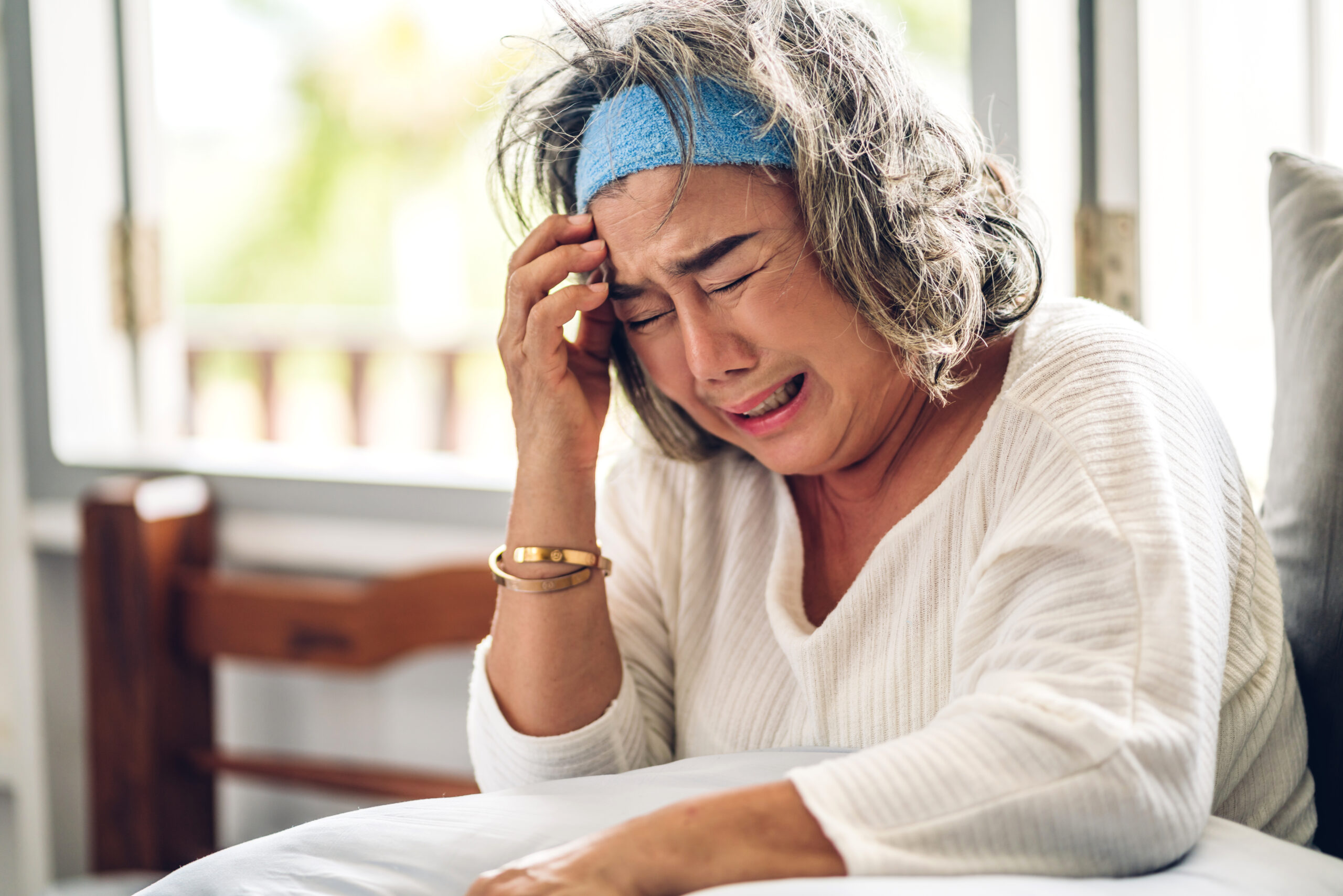In the April/May issue, we reflected on the summer’s extreme weather events and their potential longer-term impact on life in the Bays, especially with respect to ‘managed retreat’.
Now, ShoreLines looks at the broader topic of how we can aim to ‘build back better’.
Editor Lizzie Brandon was fortunate to chat with Suzanne Wilkinson, Professor of Construction Management and Associate Dean (Research) at Massey University, Albany Campus. Suzanne has researched and written extensively about climate adaptation and how this relates to the construction industry, as well as ideas about construction climate mitigation. Their conversation began with a pragmatic view of where things stand today.
The repercussions of earthquakes, tsunamis, floods, and fires are well-understood. Yes, January’s floods and Cyclone Gabrielle were shocking, but they were not the first natural disasters to hit Aotearoa New Zealand. “Collectively, we have short memories,” says Suzanne. “People in charge of policy change frequently, and we hear that so much is ‘unprecedented’ – but it’s not!”
While policymakers may move on, governments change, and society, as a whole, gets swept along by the pell-mell pace of life, the people who don’t forget the experience are those who’ve lived through it. “They’re the ones who make changes, either by relocating or adapting their property. For example, accepting that their basement will flood, moving essential items and if they are not able to move, then living with recurring floods by making modifications.”

Suzanne Wilkinson - Photo by Jane Ussher
These are individual responses, though. If genuine progress is to be made – actions that will help to mitigate the effects of natural disasters – what’s needed is a coordinated collective response.
“Even when there is a collective response, there can be a disconnect between authorities and the needs being raised by locals.” Suzanne cites the example of the Australian Black Saturday bush fire recovery in 2009. “You had community groups saying, ‘This is what we want to do’, while authorities in Melbourne, where most of the funding and resources were held, directed what they thought should happen.”
She feels that there may be a more inclusive approach for the Hawke’s Bay recovery. “This time, there seems to be a good relationship, with policy and funding wrapping around the community-led recovery. So often, it’s the other way around; decisions are made without public involvement.
“Authorities have to ask meaningful questions and listen to the answers. For instance, ‘Is that the best place to build a replacement road?’ ‘Was the original road actually used?’ If that dialogue doesn’t happen, a road that was popular and well-used may not be prioritised for reopening.
“Talking to the community is vital to ensure that decisions are being made for the benefit of all, not just the few or for officials to sign off they have done something.”
Makes sense; sounds straightforward enough. The problem is there’s so much to consider that it takes a while to figure all this out, making it hard for policymakers under time pressure and with limited resources.
As discussed in the last issue, managed retreat is an option in some cases, but it’s just one option and is regarded as a last resort. Again, there are more questions than answers. “The legislative side of this is far from clear,” Suzanne observes. “Currently, acts such as the Urban Development Act determine where can or can’t be developed. So, what’s going to happen? Will some kind of ‘managed retreat’ policy be imposed on councils? Will they have to formally map their coastlines and flood plain areas? How will legislation be brought in to cover this?”
Whatever legislation is introduced, or not, and whatever actions councils are directed to take, or not, what’s clear is that building in obviously vulnerable areas needs to stop. “And we can choose to do that now. As for areas which are at risk, there may be solutions that can be engineered. Roads could be built-up, stormwater systems reinforced, and coastal protections put in place.”
So, there are known options, but of course, they’re costly. Realistically, all New Zealanders are going to be paying for this, directly and indirectly, through increased insurance premiums and taxes.
What can we do to ‘build back better’?
In spite of the challenges, Suzanne has high hopes for sustainability, and climate adaptation and mitigation in the future of construction.
The next generations of building and engineering talent are not only being trained in more environmentally-friendly building practices, but they also have much more awareness of environmental issues overall. “After all, they’re the ones who will be dealing with the decisions that we’re making today.”
New Zealand already has Zero Carbon legislation in place, which includes a focus on how buildings can have minimal impact on the environment.

“To reduce carbon emissions, we need smaller houses and the densification of existing developments.”
Alternative building materials are being researched and trialled. Concrete can have additives now to change its carbon emissions measurement so that it might absorb CO2 rather than having a high carbon footprint.
The construction industry is also striving to minimise waste and increase reuse and recycling. Old building stock is increasingly being renovated sustainably rather than demolished.
There are technologies too, meaning buildings use less water and less energy.
All of these factors, combined with a real thirst for knowledge from young people in training, will create more sustainability within construction.
Moreover, Suzanne would strongly support establishing a ‘Resilience Code’ in building regulations so that climate resilience would have to be considered as part of every building plan. “That would be a massive mind-shift!” she says.
“Such a code would require us to ‘Think: Resilience!’ How strong is this? What can it withstand from multi-hazards, including floods and quakes? Can it be built to act a different way with a level of redundancy – so that the building might move but not collapse, and therefore still be used?”
Suzanne sums up, “The simple fact is that infrastructure should not be failing today. Earthquakes, floods, fire, volcanic ash, tsunami – we know the risks and can, to some extent, predict their impacts.
“There should not be power outages. Water systems should not be packing up. Heavy tankers should not be having to use already destroyed roads to deliver water because the water system gets contaminated in a flood.
“We could change this today. The knowledge, skills, and materials already exist. But governments make trade-offs. They have limited budgets and timeframes, and that’s not good for long-term planning.
“As a nation, we seriously have to think about who we are building for. Because it’s not for us; it’s for future generations.”
And that, once again, brings us back to the massive mind-shift that has to occur.”
What should we ask for if we want our home to be built sustainably and have a lower environmental impact overall?
“I’d insist that the builders have a recycling programme and that the building itself is made from as many recycled materials as possible. It should also have solar panels, a grey water system, low-energy appliances, and upgraded insulation.”
Also, consider the building’s square footage. “I’d want a smaller footprint for the house with a green space such as garden or easy accessible communal green or blue spaces, and to put some of that space to good use, growing vegetables.
“It’s hard to look at new houses with no solar panels on the roof and so large they leave their plot with little or no garden. That’s not sustainable, climate-friendly or progressing the debate at all.”






